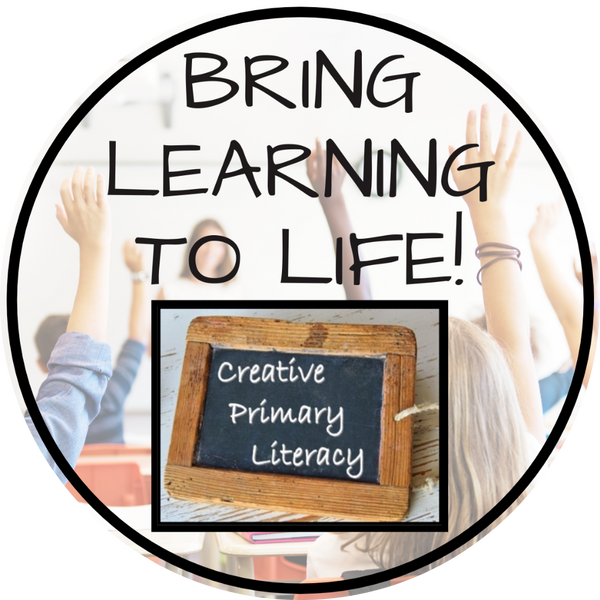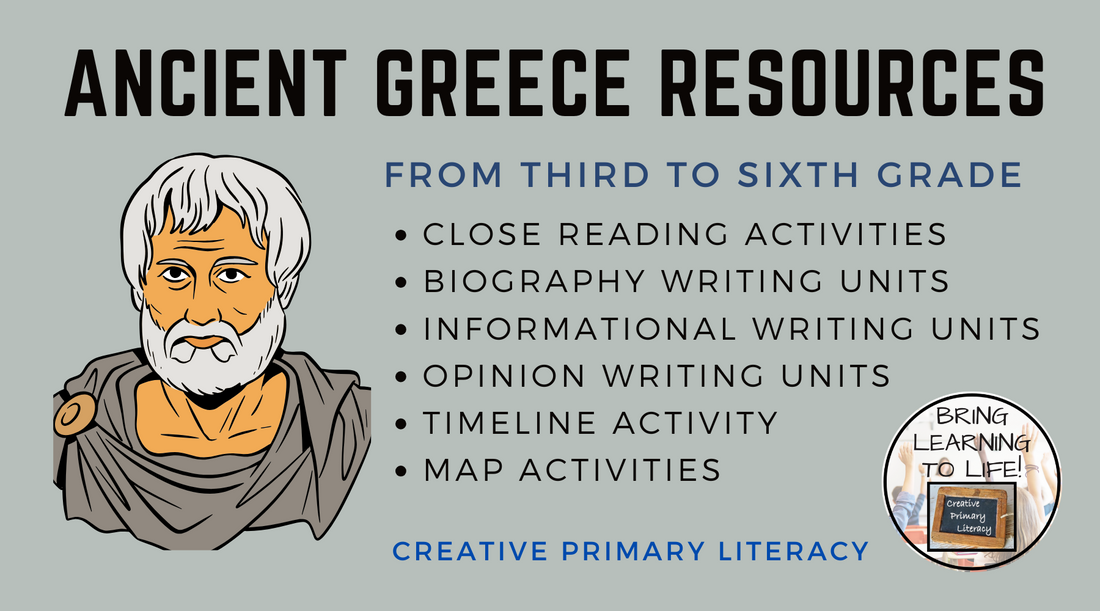Learning about the famous figures from Ancient Greece, the key advancements and the birth of democracy can be a highlight of any social studies curriculum. Figures such as Alexander the Great, his tutor Aristotle, Socrates and famous story tellers such as Aesop and Homer can get children enthusiastic and keen to learn more.
As with all other ancient civilizations, I like to start off the topic looking at a timeline of key events and figures from Ancient Greece. This timeline activity allows students to research and sort these key events from the first tribes that began to settle in the area, to the eventual demise of Greece as we knew it, after becoming part of the Roman Republic. My students always love these lessons, and over time have inter-connected timelines of other civilizations from ancient history. This helps them to visualise the overlapping empires from other parts of the world.
I begin with Alexander the Great, we first look at his life using the timeline from the previous lesson before using the close reading activity, and then moving on to writing a biography of the great commander. The close reading activity comes with a bunch of extension tasks but I generally stick to the comprehension questions before embarking on the biography writing unit. This unit takes around 2-3 hours to complete but the students’ final work makes a great writing display.
After looking at Alexander the Great in detail, I like to look at timelines from other ancient civilizations including Mesopotamia, India and Egypt, just to see how far his empire spread. These are available individually below or as part of a bundle.


After the first few activities, the children generally have a good base of knowledge about the period but I use the Ancient Greece Close Reading Activity to further their knowledge even more. Sometimes I set this as a homework task, depending on my cohort. Again, this comes with a bunch of extension tasks which consolidate the students’ learning even further, they particular like the crossword puzzle activity.



Next, I look at two other key figures from Ancient Greece who helped to develop the philosophies that made the era such a pivotal period of human history – Socrates and Aristotle. For this I use the close reading activities, but tend to just stick to the extension activities – both the crossword and wordsearch. As a plenary we collate all the information and facts we have about the key figures. If there is time I allow my students to choose between Aristotle and Socrates, and then complete the fact sorting activity from the biography writing units.




The next writing assignment is a discussion writing unit about who was the most influential person from Ancient Greece. For this I use the opinion writing unit below which discusses the merits of Alexander, Socrates and Aristotle. The students can then use the templates provided to discuss the key figures, write an introduction and conclusion, and finally write a neat copy of their work ready for another display.


I use the Homer and Aesop close reading activities as either homework or a short assessment before finally moving onto the Ancient Greece Informational Writing Unit. This works well as a paired activity and can be independently completed using the templates provided in the unit.




By the end of the unit my students have completed five close reading activities, three writing units and a timeline research activity. All the activities above are available individually or are part of the Ancient Greece Mega Bundle of Activities.


If you have time for one last fun and engaging activity, I recommend an Escape Room activity. There are lots of fun ones on the market but I have a bundle of four about Ancient Greece, which can also be individually purchased.


For over 2000 more resources check out Creative Primary Literacy.





